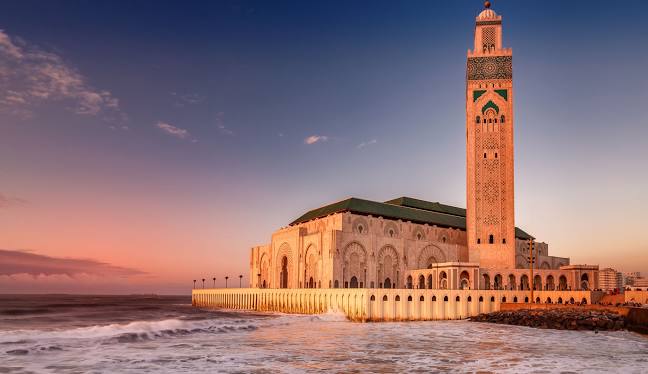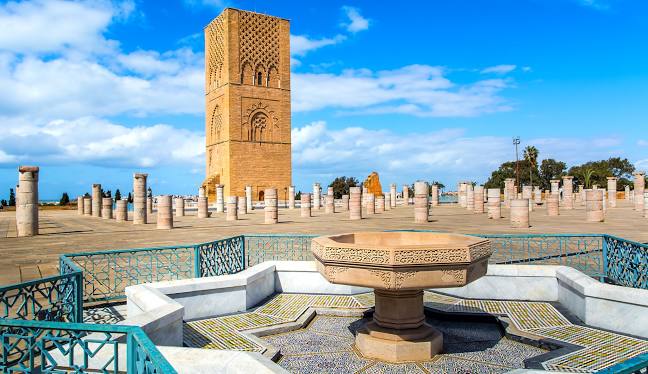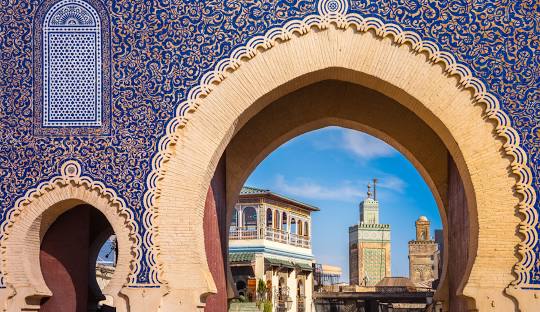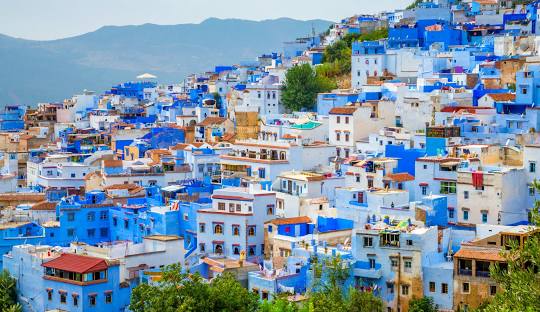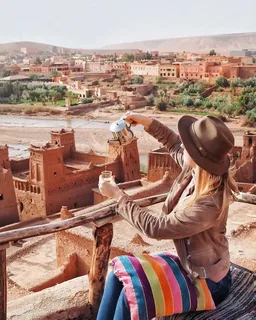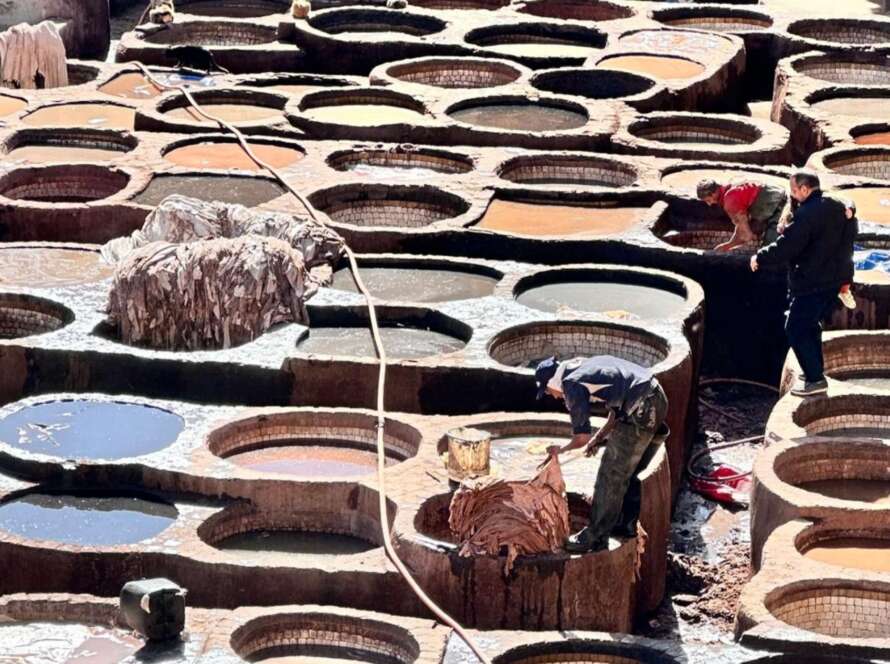Moroccan Tangier
1. Ancient History :
Tangier’s history dates back to prehistoric times, with evidence of human settlements in the area. The city was established as a trading post by the Phoenicians in the 10th century BCE and was known as Tingis in ancient times. Tingis became part of the Carthaginian empire and later, the Roman Empire after the defeat of Carthage.
Under Roman rule, it became the capital of the province of Mauretania Tingitana and an important trading hub.
2. Islamic Era (8th – 15th Centuries) :
The city was incorporated into the Islamic world in the early 8th century during the Umayyad Caliphate’s expansion into North Africa. Tangier became a key outpost for Muslim armies during their conquest of the Iberian Peninsula. During this period, Tangier flourished as a center of trade, culture, and learning.
3. Portuguese, Spanish, and British Occupation (15th – 17th Centuries) :
In 1471, the Portuguese captured Tangier, fortifying it and using it as a strategic base for controlling the Strait of Gibraltar. Tangier was briefly controlled by Spain before being handed over to England as part of the dowry of Catherine of Braganza when she married King Charles II in 1661.
The British built fortifications and attempted to establish a colonial presence but abandoned Tangier in 1684 due to continuous attacks by Moroccan forces.
4. Moroccan Reclamation and Growth (17th – 19th Centuries) :
Tangier was reintegrated into Morocco under Sultan Moulay Ismail in 1684. The city regained its importance as a commercial and diplomatic center, attracting traders and diplomats from Europe. Diplomatic Hub: By the 19th century, Tangier became the diplomatic capital of Morocco, housing embassies and consulates from many nations.
5. Tangier as an International Zone (1923 – 1956) :
Tangier was declared an international zone in 1923, administered by a coalition of European powers, the United States, and Morocco. This unique status made the city a haven for expatriates, artists, spies, and businessmen. It became a cosmopolitan hub known for its freewheeling atmosphere, attracting literary and artistic figures such as Paul Bowles, William S. Burroughs, and Henri Matisse.
6. Post-Independence Era (1956 – Present) :
After Morocco’s independence in 1956, Tangier was reintegrated into the country. The city underwent significant changes, transitioning from its international status to becoming a vital part of modern Morocco. Tangier developed into an important port city and industrial center. The Tangier-Med Port, one of Africa’s largest ports, has made the city a critical node in global trade.
Tangier is a mix of Moroccan, Andalusian, and European styles, reflecting the city’s diverse influences. Iconic landmarks include the Kasbah, Grand Mosque, and Petit Socco, along with European-style villas and colonial-era buildings. Tangier has been a source of inspiration for writers and artists. It was a retreat for writers like Jack Kerouac and Allen Ginsberg, and a muse for painters like Eugène Delacroix.
Tangier is a blend of Moroccan, Mediterranean, and Andalusian flavors. Dishes like seafood pastilla, grilled sardines, and fresh olives reflect its coastal heritage. Traditional Andalusian music and Gnawa performances are central to Tangier’s cultural identity. Festivals like the Tangier International Film Festival and the Tanjazz Festival showcase the city’s vibrant arts scene.
Tangier is a rapidly growing city with over 1.5 million residents, balancing its historic charm with modern infrastructure. The city is central to Morocco’s economic strategy, with Tangier-Med Port facilitating trade and investments. The Tangier Free Zone attracts global companies, bolstering the local economy.
Tangier’s unique history, stunning coastal views, and cultural vibrancy continue to attract visitors from around the world. Efforts are underway to preserve its historic medina and enhance urban sustainability with eco-friendly projects. Tangier is a city of contrasts and connections—a place where African, European, and Mediterranean cultures intersect.
Its history as an ancient trading post, international hub, and modern metropolis reflects its enduring importance on the global stage. Today, Tangier is not just a gateway to Morocco but a symbol of its historical depth and contemporary aspirations.
